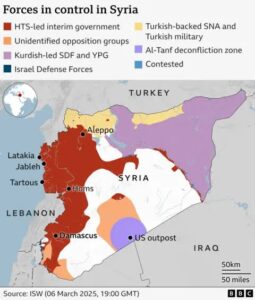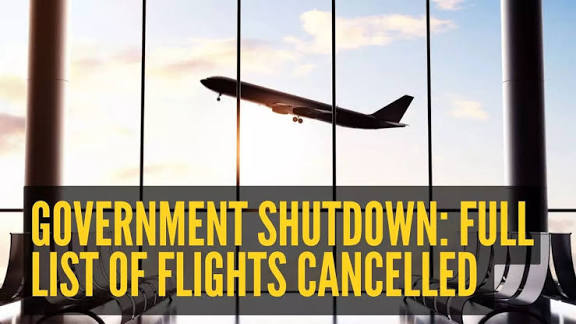Syria president white house: What is happening in Syria,Map 2025

Syrian leaders are expected to sign a deal to join 88 other countries in the global coalition to defeat Islamic State. Today we will discuss about Syria president white house: What is happening in Syria,Map 2025
Syria president white house: What is happening in Syria,Map 2025
In 2025, Syria stands at a decisive crossroads. After more than a decade of brutal conflict, political isolation, and humanitarian collapse, the country is once again in the global spotlight. A new president, Ahmed al-Sharaa, has taken power following the fall of the Assad regime, and for the first time in history, a Syrian leader is set to meet with the President of the United States at the White House.
This moment marks a potentially historic turning point — a sign that Syria may be re-entering the global diplomatic stage. But the nation remains fractured, with vast regions still contested by rival factions, external forces, and remnants of the former government. The humanitarian crisis is immense, and reconstruction will require not only international support but also deep internal reforms.
This article explores what is happening in Syria in 2025 — examining its leadership, territorial control, humanitarian conditions, and the implications of its renewed engagement with the United States.
1. The New Syrian Presidency: Ahmed al-Sharaa’s Rise to Power

Who Is Ahmed al-Sharaa?
Ahmed al-Sharaa assumed the presidency of Syria on January 29, 2025, after the collapse of the Assad regime in late 2024. Once considered a radical cleric and field commander within the militant opposition, al-Sharaa re-emerged as a political figure advocating for unity and reconstruction. His rise symbolizes a dramatic shift in Syrian politics — from dynastic authoritarianism to a transitional system struggling to rebuild from ruin.
Though controversial for his militant past, al-Sharaa has sought to distance himself from extremist ideologies, presenting himself as a pragmatic leader committed to national reconciliation. He leads under the newly established 2025 Interim Constitution, which grants him broad executive authority during the transition period.
Challenges Ahead
Al-Sharaa’s government faces monumental challenges:
-
National Reconciliation: Decades of sectarian division between Sunni, Alawite, Kurdish, Druze, and Christian communities have torn Syria apart. Rebuilding unity is essential.
-
Security Restoration: Armed insurgents loyal to the old regime, Kurdish militias in the north, and isolated extremist cells continue to threaten stability.
-
Economic Collapse: Inflation, unemployment, and infrastructure damage have left millions impoverished.
-
International Legitimacy: The world still views Syria cautiously, uncertain about al-Sharaa’s intentions and governance model.
Despite these obstacles, al-Sharaa’s early months in office have focused on restoring basic services, reopening borders, and initiating dialogue with regional powers.
2. U.S. Relations and the White House Meeting
A Historic Step
For the first time in modern history, a Syrian president is preparing to visit the White House. The meeting between President Ahmed al-Sharaa and U.S. President Donald Trump, scheduled for November 2025, symbolizes a diplomatic thaw after years of hostility and sanctions.
This meeting represents a broader U.S. policy recalibration. Following years of sanctions, Washington now seeks to re-engage Damascus under the new leadership, betting that supporting Syria’s transition could stabilize a region long destabilized by war, terrorism, and foreign interventions.
The U.S. Policy Shift
In mid-2025, the United States formally lifted many of its sanctions on Syria, ending years of economic isolation. However, certain restrictions remain — particularly those targeting individuals linked to human-rights violations, chemical-weapons programs, and terrorism.
The White House described the move as part of a “strategic realignment,” emphasizing its desire for a stable, unified, and sovereign Syria that does not harbor terrorist organizations.
Washington’s new policy is driven by several motivations:
-
Containment of Iran: By engaging Syria diplomatically, the U.S. hopes to reduce Tehran’s influence in the Levant.
-
Counterterrorism Cooperation: Washington aims to ensure the defeat of ISIS remnants and prevent extremist resurgence.
-
Regional Stability: A normalized Syria could contribute to easing tensions among Israel, Turkey, Lebanon, and Iraq.
-
Reconstruction Opportunities: Economic engagement in Syria offers potential benefits for regional and Western investors.
Agenda for the Meeting
The White House meeting is expected to cover:
-
Economic recovery and reconstruction efforts.
-
Humanitarian aid and refugee repatriation programs.
-
Security cooperation against ISIS and other extremist threats.
-
Political reforms and constitutional drafting in Syria.
-
Regional peace discussions, including Syria’s relations with Israel and Turkey.
This visit will test whether Syria’s leadership can gain U.S. trust while maintaining independence from old alliances with Iran and Russia.
How useful was this post?
Click on a star to rate it!
Average rating 0 / 5. Vote count: 0
No votes so far! Be the first to rate this post.
About the Author
usa5911.com
Administrator
Hi, I’m Gurdeep Singh, a professional content writer from India with over 3 years of experience in the field. I specialize in covering U.S. politics, delivering timely and engaging content tailored specifically for an American audience. Along with my dedicated team, we track and report on all the latest political trends, news, and in-depth analysis shaping the United States today. Our goal is to provide clear, factual, and compelling content that keeps readers informed and engaged with the ever-changing political landscape.




